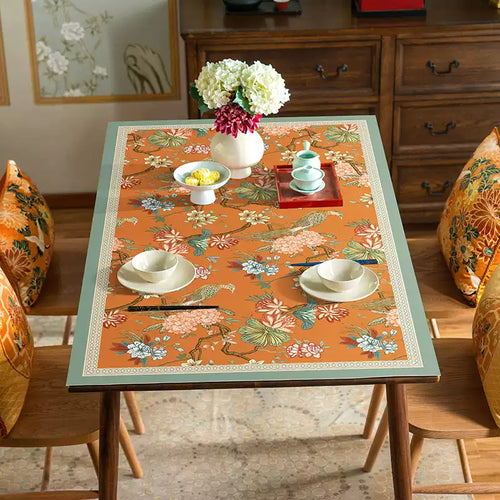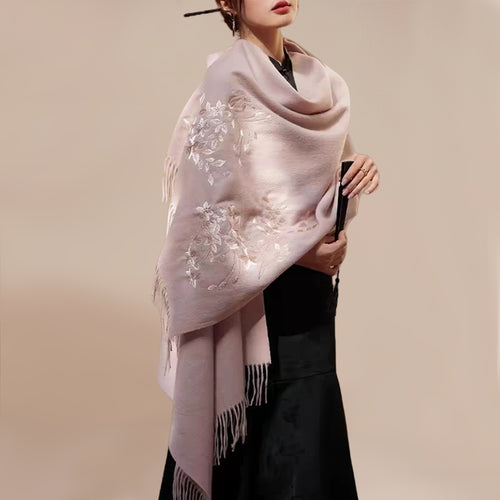Silk weaving stands as a monumental invention deeply embedded in Chinese culture, serving as a cultural emblem of the Chinese nation. This heritage encompasses the entire process from mulberry cultivation and silkworm rearing to silk spinning, dyeing, and weaving, requiring intricate skills and specialized tools.
Ancient Roots and Cultural Significance
For over five millennia, mulberry silk production has made significant contributions to Chinese history and exerted profound influence on global civilization through the Silk Road. This ancient trade route facilitated extensive cultural exchange and economic development between East and West, with China earning the moniker "Silk Country" for its pioneering role in large-scale commercial trade.

The Art of Silk Production
Silk production begins with the cultivation of mulberry trees, which provide nourishment for silkworms. These remarkable creatures feed on mulberry leaves, digesting silk proteins to spin cocoons. The life cycle of a silkworm spans approximately 40 days, during which it produces around 1500 meters of silk thread.


Harvested cocoons undergo a process of boiling to facilitate silk extraction, separating silk gum and filaments for spinning. The extracted silk threads are then spun into yarn and meticulously dyed to achieve vibrant and enduring colors. Finally, these dyed threads are woven into intricate textiles known for their exquisite textures and vibrant patterns.



Preservation and Global Recognition
In 2009, China's silk weaving techniques were inscribed on UNESCO's Representative List of the Intangible Cultural Heritage of Humanity, underscoring its importance in preserving this ancient tradition for future generations. Today, regions such as northern Zhejiang, southern Jiangsu along the Taihu Lake basin, and Chengdu in Sichuan continue to uphold these traditions, contributing to China's rich cultural heritage.

SinoCultural's Commitment to Tradition
At SinoCultural, we uphold the legacy of traditional craftsmanship by using only mulberry silk threads in all our embroidered handbags and scarves. This commitment ensures that our products are crafted with the highest quality standards, inheriting and promoting this ancient artisanal skill.


Conclusion
Silk weaving not only symbolizes ancient Chinese craftsmanship but also serves as a testament to China's enduring cultural legacy. Its intricate process and historical significance continue to captivate global attention, celebrating centuries of innovation and artistry in textile production.
This legacy of silk production remains integral to Chinese culture, inspiring awe with its beauty and serving as a testament to the ingenuity and skill of ancient artisans.





































